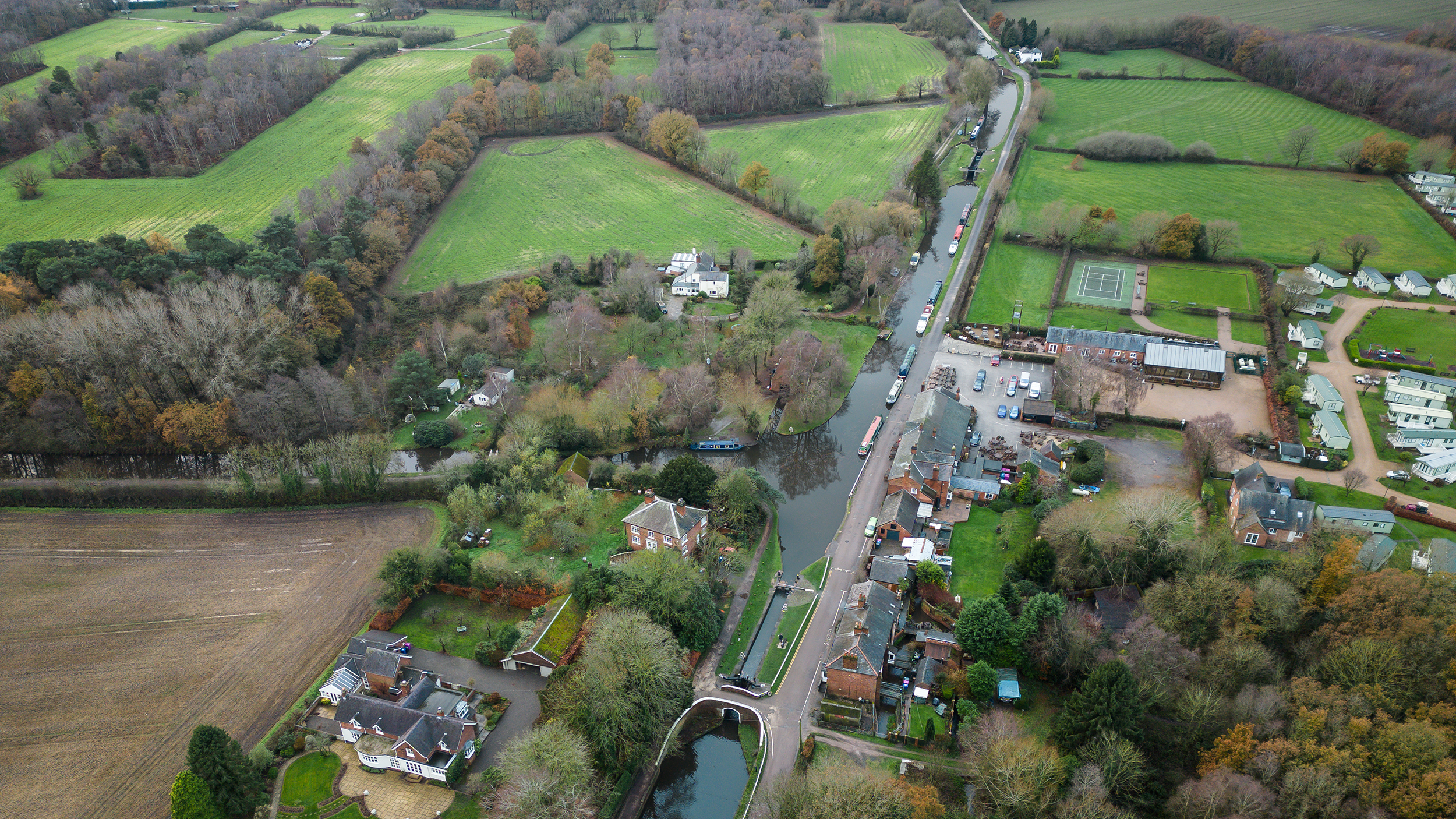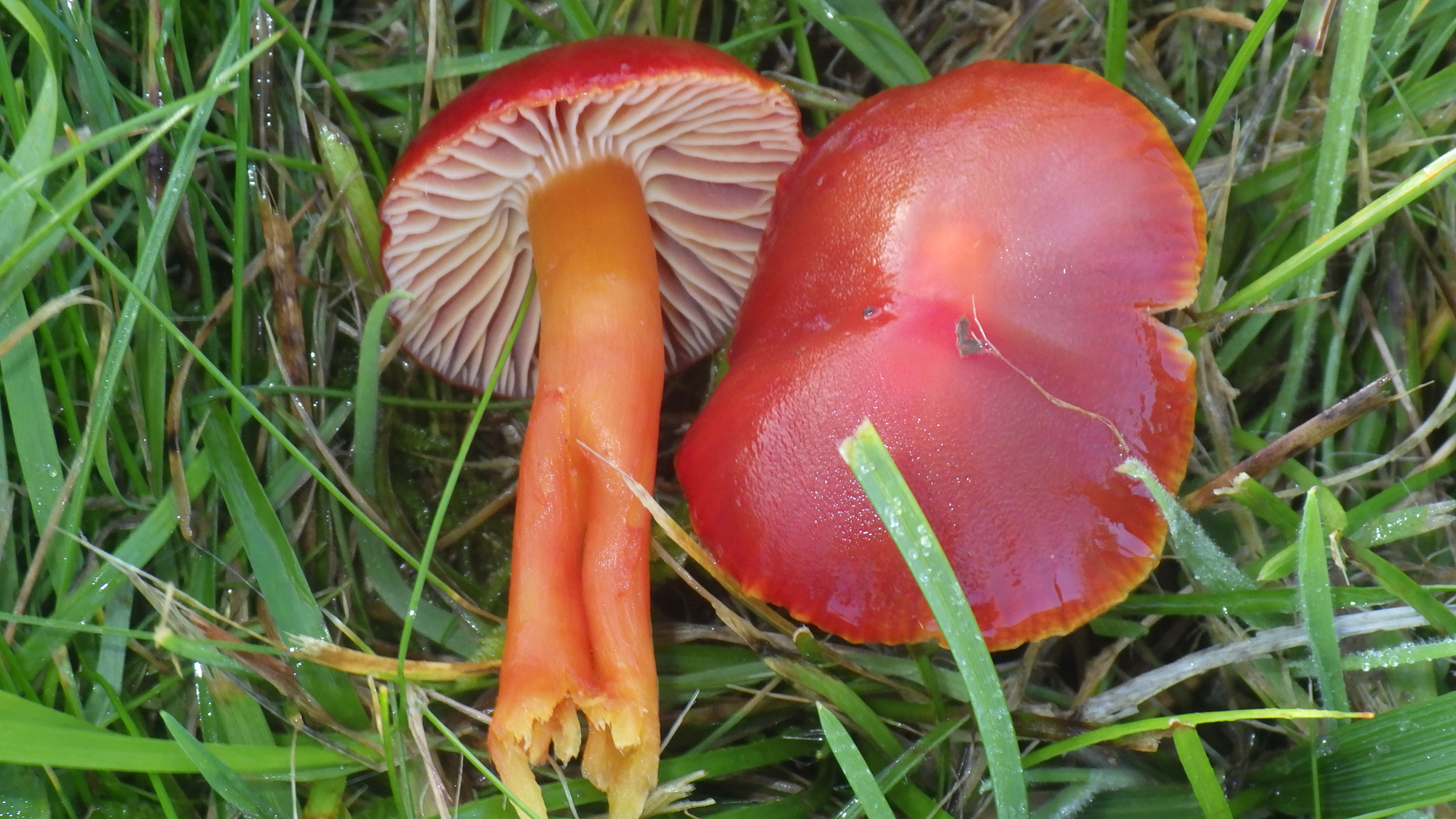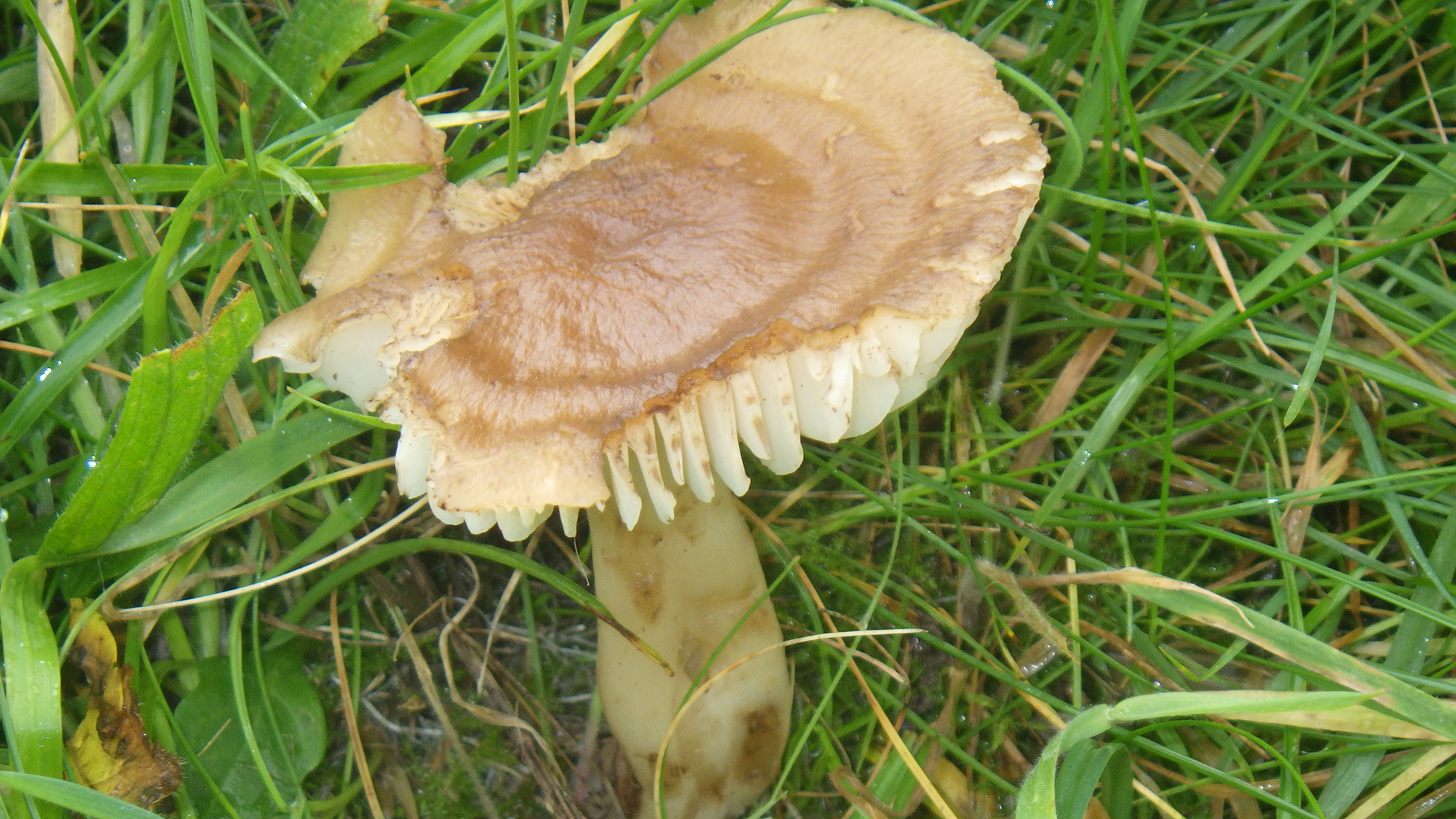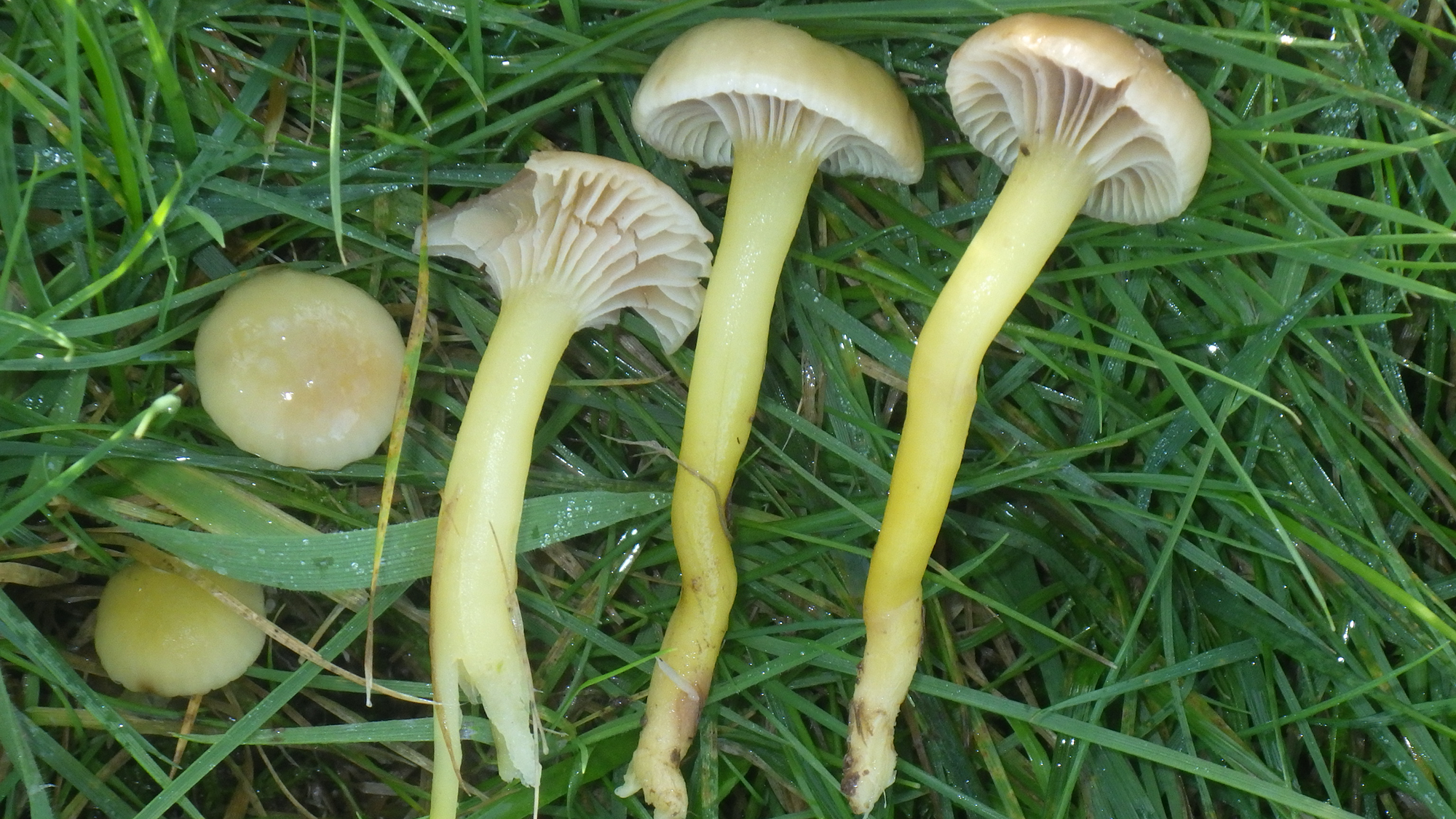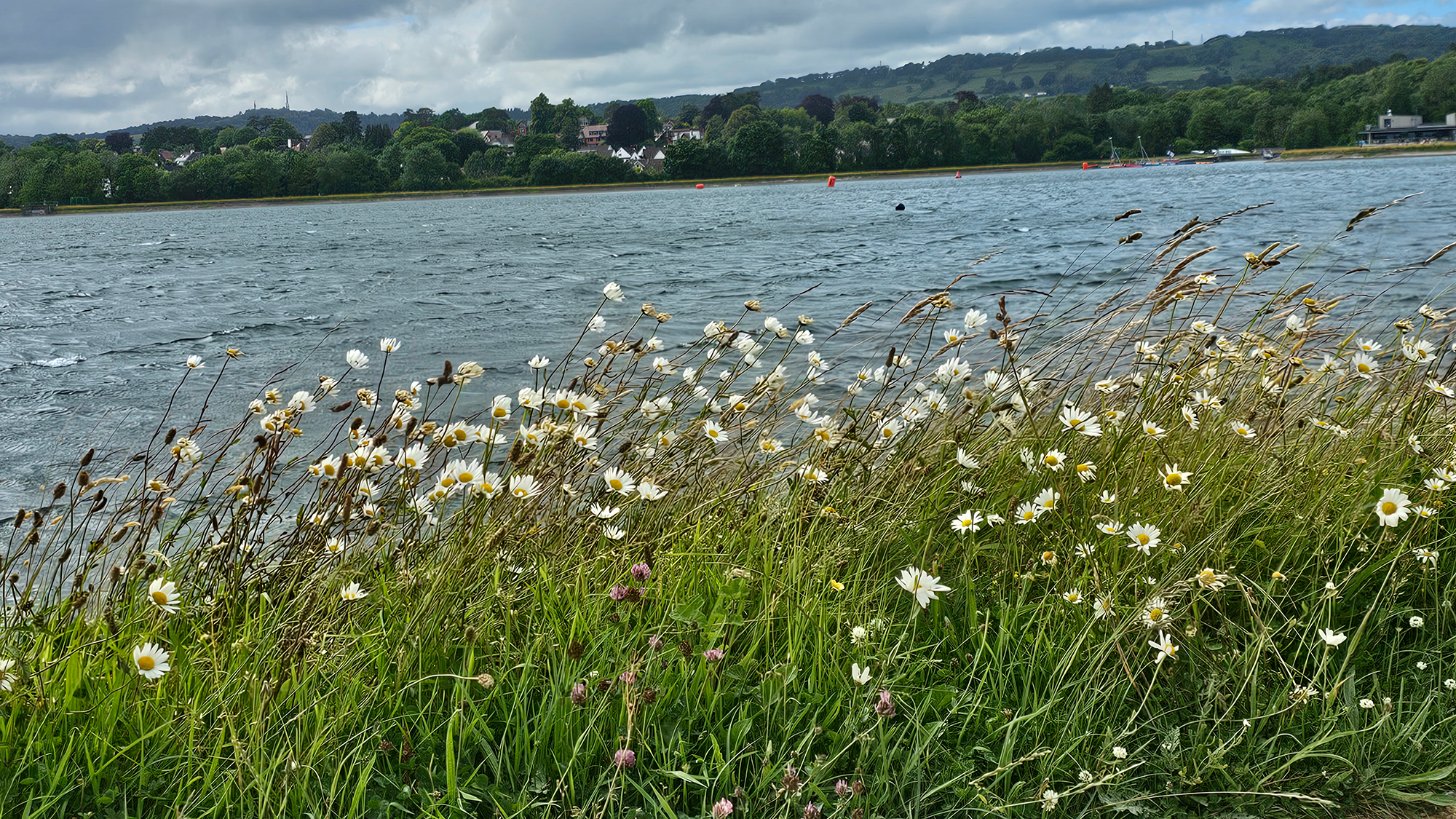
Lisvane and Llanishen reservoirs, visitor centre and pontoon. Photographer: Rebecca Noakes
Lisvane and Llanishen reservoirs, which cover a 45ha site of special scientific interest (SSSI) in north Cardiff, Wales, won RICS' Land management and sustainable development award 2024.
In 2016, Dŵr Cymru (Welsh Water) had bought a 999-year lease for the site from Celsa Steelworks, which had acquired the site to protect its water supply. The utility then started an extensive programme of remediation works to bring the reservoirs up to modern safety standards.
Community engagement was critical before and during the site's redevelopment as a health and well-being hub which opened in July 2023. We at Dŵr Cymru did this by sending quarterly newsletters to 8,000 homes, setting up a website, sending out questionnaires, holding events, presenting to local groups and briefing political stakeholders.
The reservoir redevelopment comprises three distinct but complementary projects:
- a visitor centre
- green infrastructure and community engagement programme, supported by Welsh government Enabling Natural Resources and Well-being grant (ENRaW)
- community woodland and engagement project funded by the Heritage Lottery Fund.
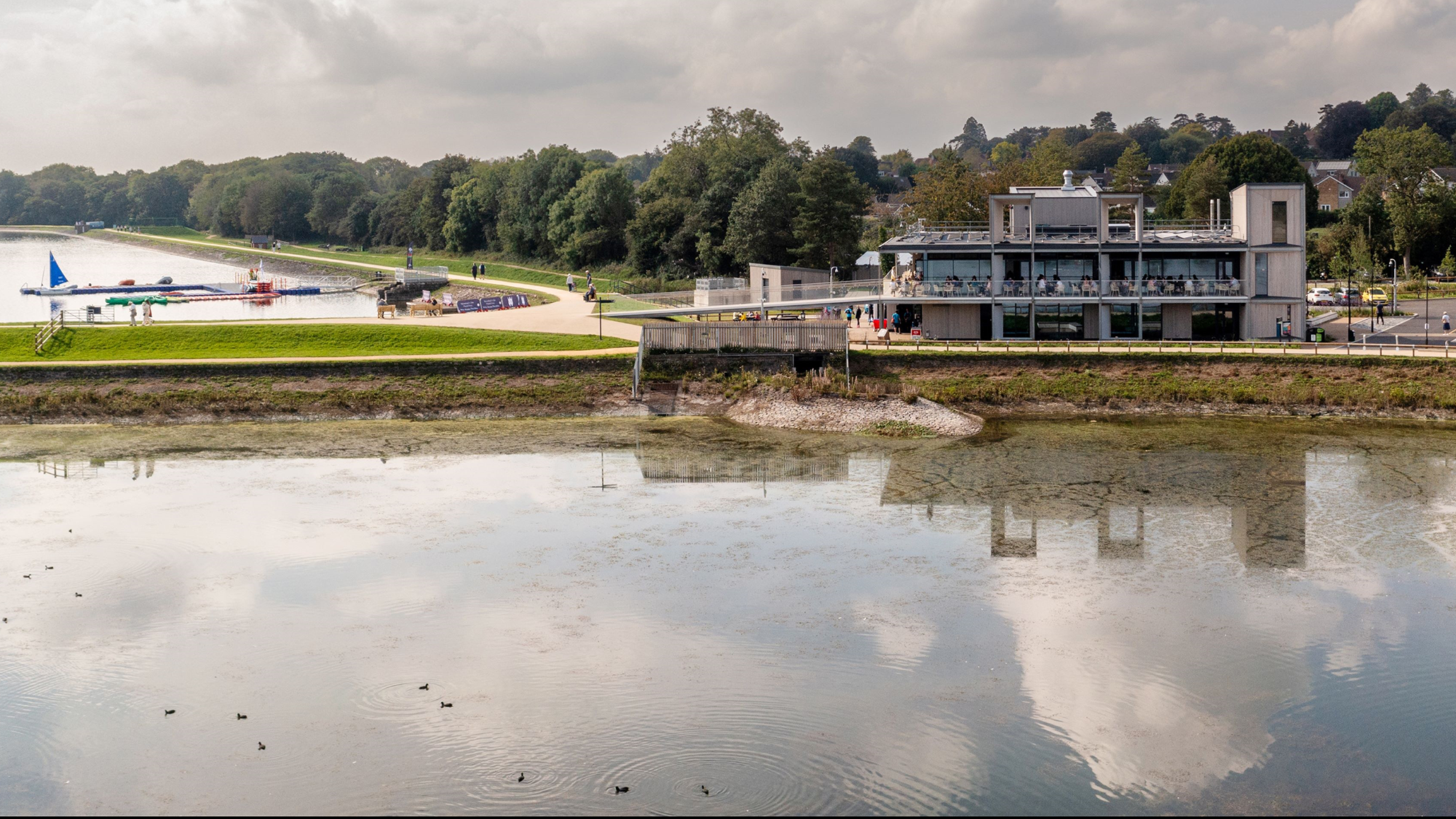
Lisvane and Llanishen reservoirs and visitor centre. Photographer: Rebecca Noakes
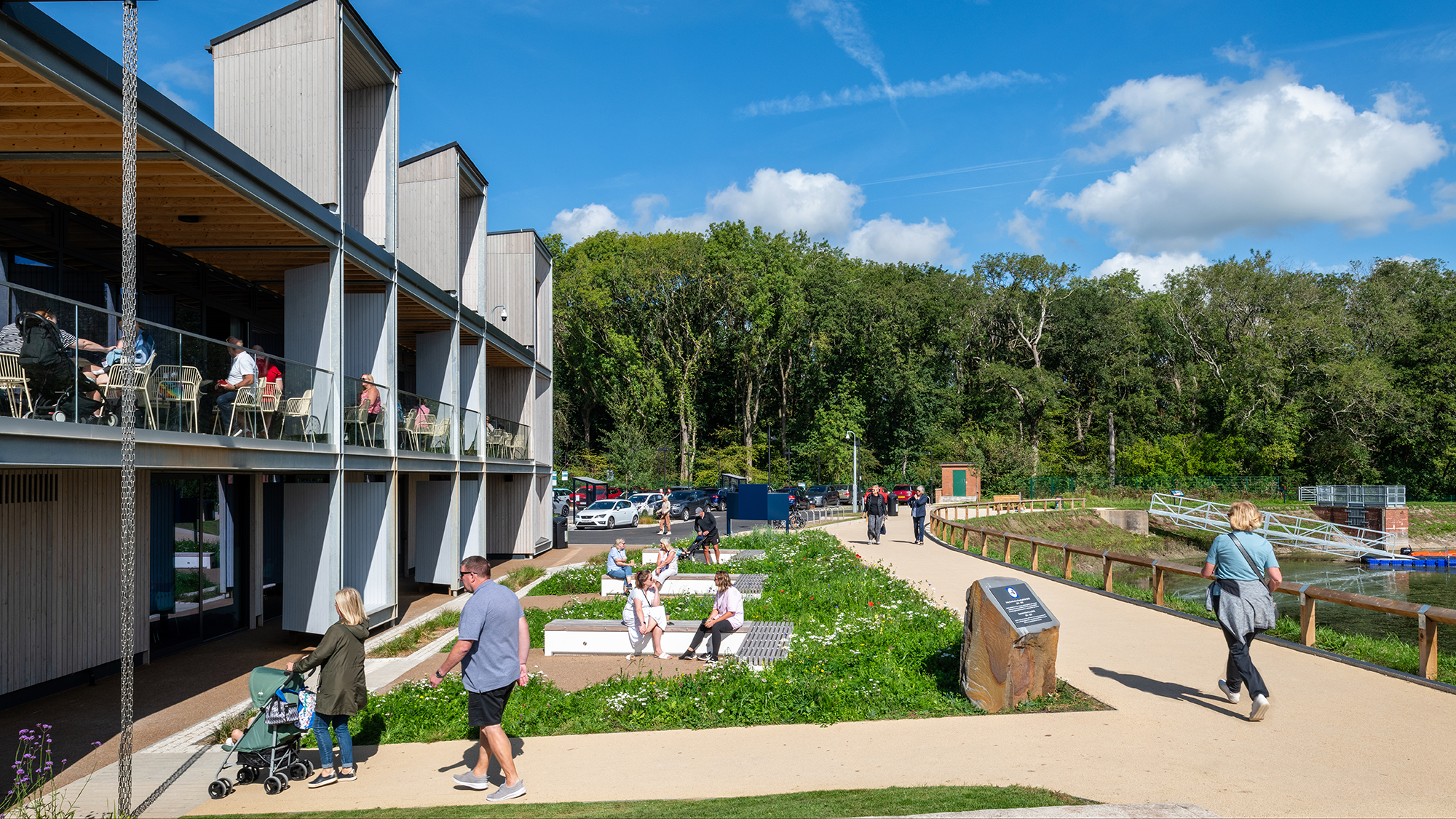
Lisvane and Llanishen reservoirs visitor centre. Photographer: Rebecca Noakes
Visitor centre minimises environmental impact
The visitor facilities, which in total cost £7m, include a reception, 100-seat cafe, a grab-and-go service hatch, shower and change facilities, and meeting and training rooms for corporate and community hire. The cafe balcony offers 270-degree views of both reservoirs.
As one of the first projects built after sustainable drainage systems (SuDS) became a statutory requirement in Wales, it uses innovative and ecological systems with rain chains, rills and rain gardens complete with tree pits.
We are proud to have won the susdrain SuDS award for a new commercial development last year.
Through the ENRaW partnership, we secured a £932,000 grant from Welsh government – not only for green infrastructure itself but a community engagement programme as well.
As part of the former, circular paths were created around the reservoirs, together with conservation zones and wildlife corridors, signage and interpretation boards, an outdoor learning zone and bird hides.
We recruited a partnership manager to work with local groups to co-create and provide an innovative programme of community engagement activities in addition to the engagement measures mentioned above. This included volunteering, education, signage and interpretation strands.
The Reservoir Action Group (RAG), comprises local volunteers who campaigned to save the reservoirs from development and then helped establish Dŵr Cymru's inaugural Friends of Cardiff Reservoirs Group, and their historical knowledge of the reservoirs was invaluable in developing the interpretation on site.
Down To Earth, a social enterprise that works with community groups also built a roundhouse in the woodlands to support outdoor learning as a training project for people who are not in education or employment, and for refugees.
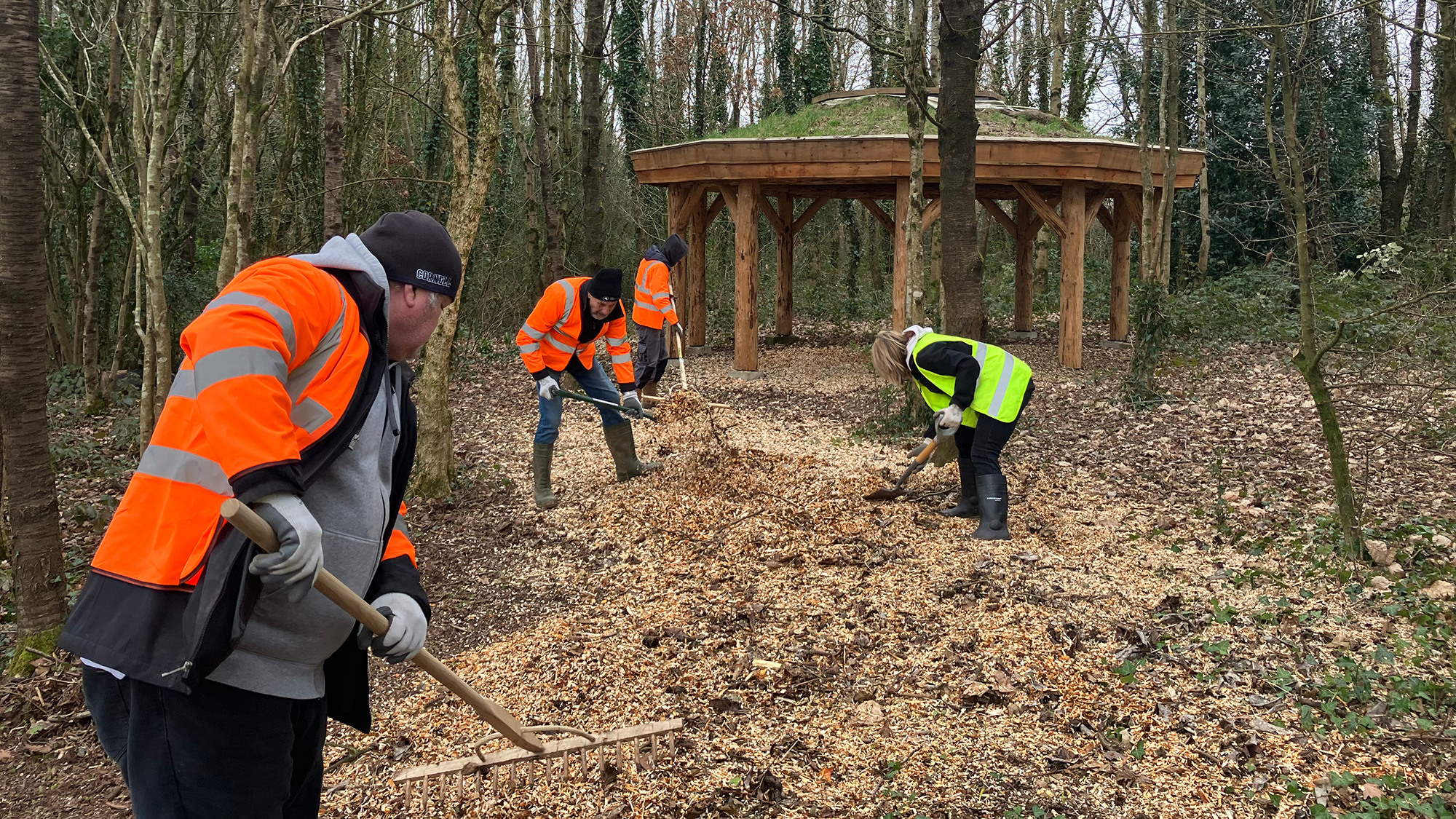
Friends of Cardiff Reservoirs Group volunteers create a path to the outdoor classroom. © Dŵr Cymru Welsh Water
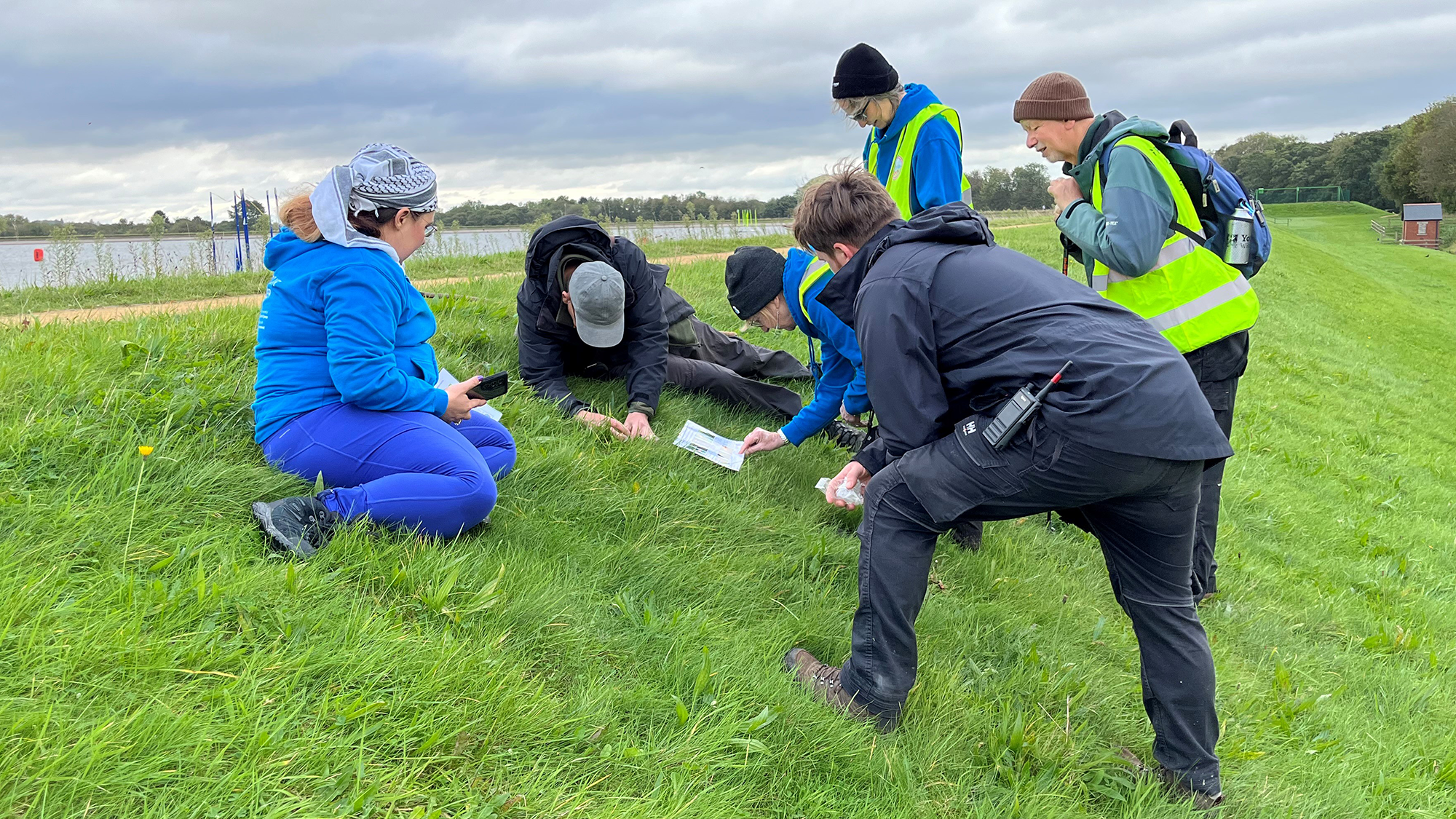
Volunteers check for fungi. © Dŵr Cymru Welsh Water
Lottery money supports woodland management
Thanks to an initial £200,000 Community Woodlands grant from the National Lottery Heritage Fund, in partnership with Welsh government, we brought the woodlands back into active management, enabled public access and enriched people's understanding of nature.
To help the new Friends of Cardiff Reservoirs Group and the wider community to learn about and care for the woodlands, the project included training and supervision of volunteers, tools and personal protective equipment and educational resources.
To enhance biodiversity in the woodlands we removed invasive and non-native species, restored a historic pond, sowed native bluebell seeds, planted trees and hedgerows to thicken the woodland fringe around the site and strengthen interconnectivity, and installed bird and bat boxes.
A study by the Centre for Health, Activity and Wellbeing Research at Cardiff Metropolitan University found the Community Woodlands grant generated positive outcomes that have benefitted the local ecology and biodiversity, provided a valuable asset for the local community and enhanced the health and well-being of volunteers, as well as being aligned to the principles of the Well-being of Future Generations (Wales) Act 2015.
On the back of the Community Woodlands project, we have secured funding from the National Lottery Heritage Fund for a further three woodland improvement projects at Elan Valley, Llandegfedd and Llys Y Fran.
'To enhance biodiversity in the woodlands we removed invasive and non-native species, restored a historic pond, sowed native bluebell seeds, planted trees and hedgerows, and installed bird and bat boxes'
Site protections entail careful development
Lisvane reservoir is designated an SSSI for overwintering birds, while the embankments of both reservoirs are similarly designated for waxcap fungi. It's not unusual for our annual surveys to find up to 28 waxcap species as well as other rare and wonderful fungi. Much of the reservoir grassland and scrub woodland outside the SSSI is designated as a site of importance for nature conservation (SINC) as well.
Wildflower fringes were allowed to grow to full maturity without compromising the waxcap populations or essential monitoring of the dams. The fringes were cut in late August so as not to affect the fungi fruiting season, when a short sward is preferred. The fringes also enhanced the habitat for glow-worms – 17 females were found in a survey last summer, compared to just two in 2017.
Use the arrows on the image above to click through and see more.
Llanishen reservoir and its associated infrastructure is also grade II listed, adding further complexity for development. There were historic underground assets as well as requirements for new operational infrastructure above ground, and this likewise limited the amount of space that could be developed for visitor facilities.
We had to achieve a careful balance between the needs of an operational reservoir, maximising access for visitors who want to improve their health and well-being, and protecting and enhancing site ecology.
This involved habitat assessment, fungi surveys and e-DNA soil analysis to inform our understanding of the ecological value of the site. Close collaboration with Natural Resources Wales (NRW) and Cardiff Council was required from the outset to agree the access and recreation strategy and site management plan. These included the vision, strategic aims and objectives and a high-level plan.
An adaptive approach to site management was agreed, so that we could make adjustments in response to the changing needs of the site over time. This was later formalised as a landscape and ecological management plan, which had been a planning condition with which we had to comply before opening.

Close-up of rain chains, which slow down the flow of water. © Dŵr Cymru Welsh Water
Community benefits from sports and conservation
The development has enabled access to quality green and blue space for local people, as well as a range of water sports including swimming, stand-up paddleboarding, canoeing, kayaking and sailing. More than 600 pupils had free Swim Safe Cymru sessions last year.
The project shows how, by taking a partnership approach, an industrial asset can be regenerated to create social capital and increase biodiversity as well as improving the ecological value of the grassland and woodland. It also illustrates the importance of effective community engagement, working with local people to agree a shared vision, and to create a sense of ownership that ensures project benefits are sustainable in the long term.
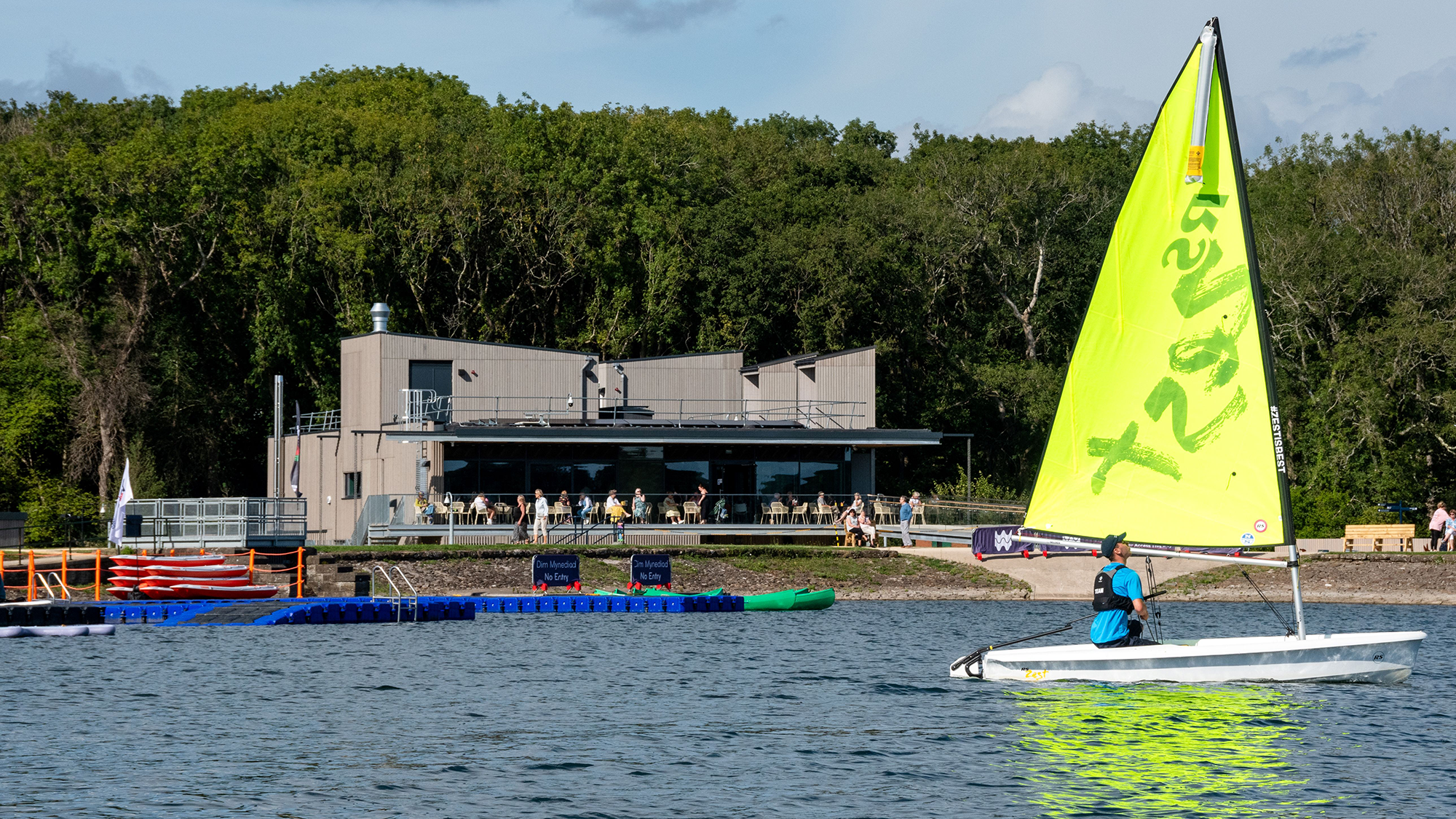
Locals enjoy sailing and water activities on Lisvane and Llanishen reservoirs. Photographer: Rebecca Noakes
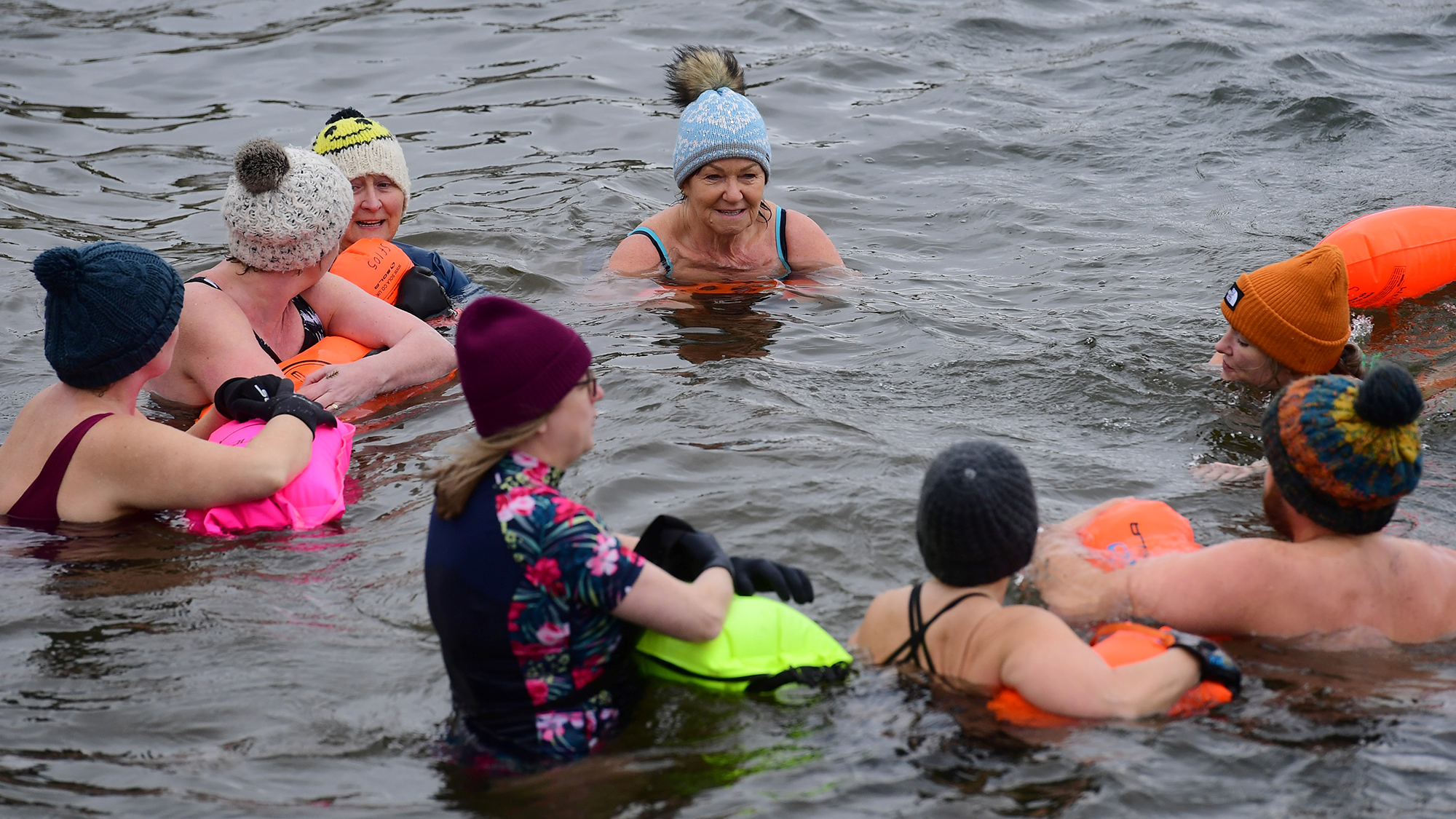
This year Welsh government has officially designated the reservoirs as bathing water. © Dŵr Cymru Welsh Water
How to get involved with RICS awards grand ceremony
The finalists for RICS UK Awards 2025 have been announced. The most inspirational initiatives and developments across land, real estate, construction and infrastructure will be revealed before the ceremony later this year.
If you know about an innovative project that you think deserves to be a winner and fits any of our categories, do get in touch to be involved next year's awards.


